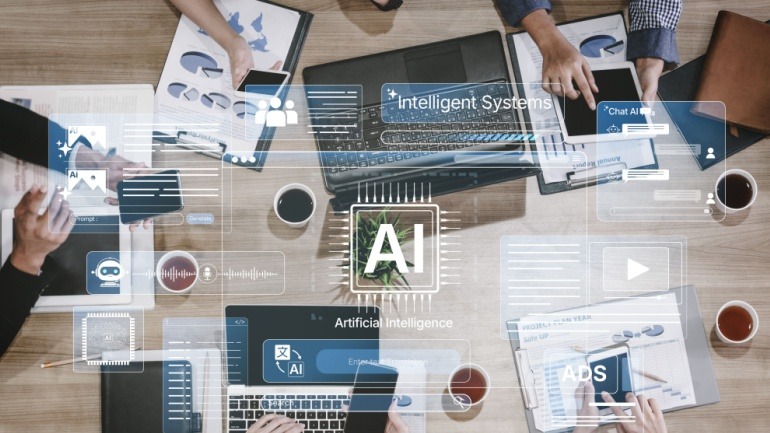The telecommunications giant, Nokia, is adapting its focus towards the burgeoning AI infrastructure sector. This strategic pivot has enabled its Network Infrastructure unit to surpass its traditional Mobile Networks division in the recent quarter. This change reflects the increased demand for AI-driven IP and optical solutions, particularly from hyperscale data centers.
The shift for Nokia means a rise in enterprise sales, which now account for a record 16% of total revenue. This is a significant jump, marked by 30 new private 5G deals in just one quarter. Traditional telecom sales, meanwhile, are on a downward trend. As Justin Hotard, the firm’s new chief, explained, “Connectivity is becoming a critical differentiator in the AI supercycle.” The company is thus reorganizing to offer a unified vision that aligns with these new AI era demands.
This strategic restructuring involves integrating various networking operations under a cohesive plan. The future roadmap will be detailed at the upcoming Capital Markets Day in New York. The overhaul aims to simplify operations, enhance corporate culture, and ultimately unlock operational efficiency.
Nokia’s Network Infrastructure unit reported an impressive result, generating substantial sales for the quarter. This growth was largely driven by strong demand for AI infrastructure solutions. The firm also completed significant deals, such as its campus edge offerings, indicated by sales to prominent customers like Thames Freeport in the UK and MLGW in the US.
However, issues like currency fluctuations and US tariffs have impacted financial results. This, coupled with a past settlement benefit, led to a revised profit forecast. Nonetheless, Nokia has adjusted its profit expectations to a range of €1.6 billion and €2.1 billion by the end of the year.
Despite these challenges, Nokia maintains its leadership position in the private 5G arena. The firm continues to secure an average of 30 new contracts per quarter. While these figures hint at steady growth, they may not account for expanded deals with existing customers. Nevertheless, the remarkable pace of industrial transformation will likely continue over the next decades, catalyzed by the AI supercycle.







